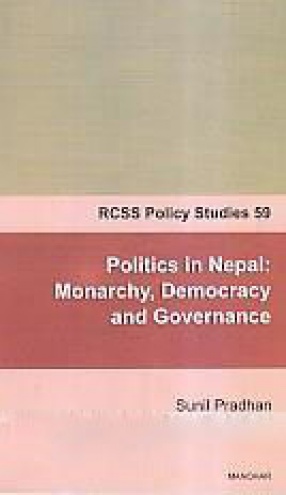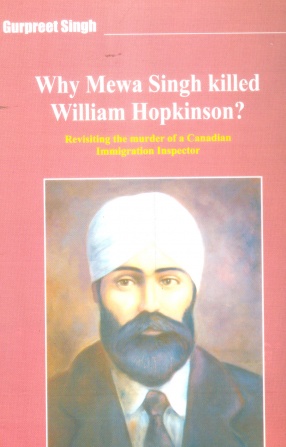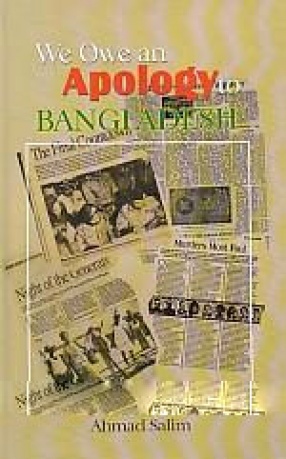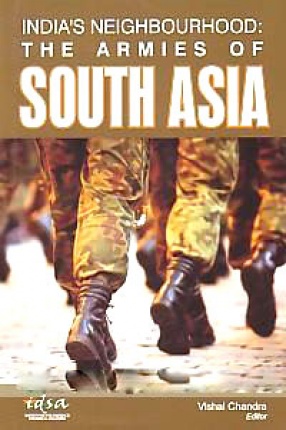In its 115 years of existence, Nepali media has witnessed several ups and downs in the political sphere and experienced an array of regimes from absolute monarchy to multiparty democracy. In this monograph the author comprehensively analyses how the media has dealt with various political upheavals in Nepal. The study makes two basic arguments the media can play a substantial role in regime change and it can only fuel the death of an already dying regime. The study essentially focuses on the role of media in the people uprisings, i.e. April uprising and Madhesh uprising and the peace process in Nepal.
It attempts to uncover the differential position adopted by state owned media and private media in the critical juncture of the political history of Nepal. It critically analyses the fanciful activities launched by absolute monarchy to gain popularity for the regime. Also, it explores how media suffered due to state’s repressive policies after the royal takeover and how it was targeted by the Maoists. Is the media’s role sufficient for bringing about a regime change? How strong is its impact? Is it a necessary tool for the uprising? Did the media oppose only the repressive policies adopted against it by absolute monarchy? How did the media view the overall process of peace? What was its role in establishing peace in the country? The present monograph provides answers to all these questions.








There are no reviews yet.